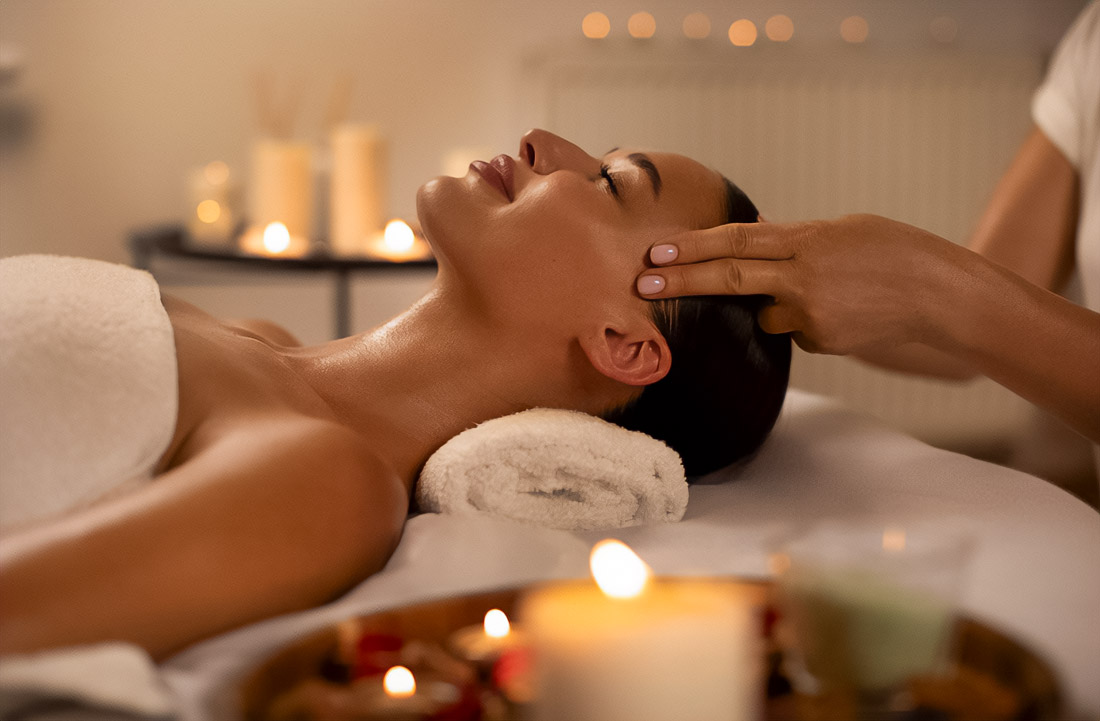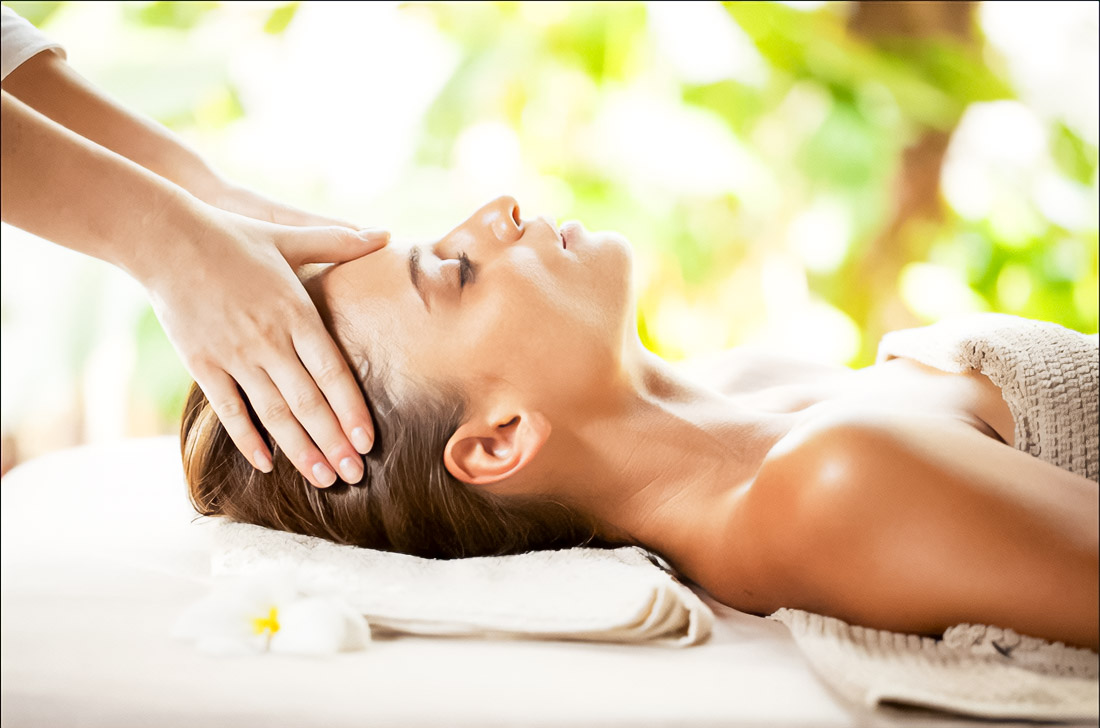Sound healing has ceased to be a rarity and has become a familiar part of urban life, especially in Dubai, where the rapid pace leaves no time for recovery. People who are tired of the endless noise and congestion are increasingly looking for a practice that works quickly, penetrates deeply and does not require much effort. That is why Tibetan singing bowls and sound baths are no longer perceived as exotic. For many, this has become a real way to find balance, restore harmony and feel that the body and mind are able to work in the same rhythm again.
Dubai, which lives in an atmosphere of constant acceleration, seems to have pushed its residents to find ways to slow down. And sound healing turned out to be the answer that connects ancient practices and modern needs. Today, Tibetan bowls are played not only in monasteries, but also in yoga studios, wellness centers, and even in medical institutions. Their voice has become the voice of a new age in which harmony is increasingly perceived as a vital necessity rather than a luxury.
The Popularity of the Practice in Dubai

The inhabitants of the metropolis are used to stress and overload. In such circumstances, traditional meditation seems too difficult to many: you need to focus, hold your attention, and train your breathing. Sound meditation works differently. It is enough to lie down on a mat, close your eyes and allow the vibrations of bowls, gongs or crystal instruments to immerse your consciousness in a different state. The effect comes quickly, and this becomes the main argument for busy people.
How Tibetan Bowls Work

Singing bowl massages creates steady tones that vibrate long and intensely. These vibrations travel through the body, which consists of 60-75% water, and affect cells, energy centers, and the nervous system. This is where the phenomenon of entertainment works: the brain synchronizes with external frequencies and adjusts rhythms. Alpha and theta waves replace the tense state, causing a feeling of deep peace.
Scientific Evidence

Modern research is increasingly paying attention to the phenomenon of sound effects. In 2017, Lawrence Berkeley National Laboratory proved an amazing thing: particles are able to align and synchronize under the influence of acoustic waves. This phenomenon shows why vibrations affect not only inanimate matter, but also living organisms. It is thanks to this effect that sound becomes not just a background, but a force capable of penetrating deeper and triggering recovery processes.
In 2022, University of Michigan scientists presented even more impressive data. Sound technology destroyed liver tumors in rats, while activating the immune system. Moreover, the process prevented further cell proliferation. These results have increased interest in sound healing as a field that connects ancient practice and modern science.
The facts show that sound is not just a relaxation tool. It can become a real healing factor that affects the body and psyche on a deep level.
The clinical observations are also impressive. In a study involving 62 people (average age 49.7 years), there was a decrease in anxiety, fatigue and depression after sessions with Tibetan bowls. The effect was especially pronounced among those who had never participated in such meditations before. In the group aged 40-59 years, the pain level decreased from 2.00 to 0.79 points.
Sensations During Practice

Sessions usually last about an hour. Dozens of instruments are used: from 30 to 80 bowls, several crystal vessels and 2-6 gongs. The participants describe very different states. Someone feels heavy in the body and completely immobilized. Others talk about lightness, mental clarity, and a feeling of “rebooting” at the cellular level. Simple breathing techniques help beginners to gently enter the process, and the vibrations gradually take control.
Historical Roots and Modernity

The Australian Aborigines have been using the didgeridoo as a healing tool for over 40,000 years. For them, sound was not just music, but a force capable of healing the body and spirit. In different cultures of the world, bells, chants and mantras accompanied rituals, creating vibrations that united people and enhanced spiritual practices.
Tibetan monks have been using singing bowls in rituals for centuries, believing that sound can open the mind and harmonize the inner space. These traditions have not disappeared. They have adapted and entered the modern wellness culture, where bowls and sound baths are played in yoga halls and meditation centers.
Today, practice is based not only on faith. Scientific research confirms that vibrations and acoustic resonance affect the brain, heart and body cells. Ancient wisdom has received a new form of application and has become a universal way to restore balance to a person.
Health Benefits
Sound baths reduce cortisol levels, stabilize blood pressure, and slow down the heart rate. People report improved sleep, reduced pain, and a general sense of harmony. This practice is gentle, but it affects both the body and the mind. In one study, 12 minutes of bowl playing proved to be more effective than silence in reducing blood pressure and pulse. For a megalopolis living in constant stress, this is a simple and affordable means of recovery.
The science of sound healing combines ancient practices and modern research. Tibetan singing bowls, gongs and crystal instruments have a real impact on the human psyche and physiology. For the people of Dubai, this is no longer a fashion, but a way to cope with overloads, find peace and improve their health. Once upon a time, this practice was associated only with monasteries and rituals, sounded in the walls of temples and was part of spiritual rituals. Today, she has stepped into everyday life and has become an accessible tool for anyone who wants to restore body and mind balance.

Hockey fan, tattoo addict, drummer, International Swiss style practitioner and New School grad. Acting at the nexus of art and computer science to craft experiences both online and in real life. My opinions belong to nobody but myself.

